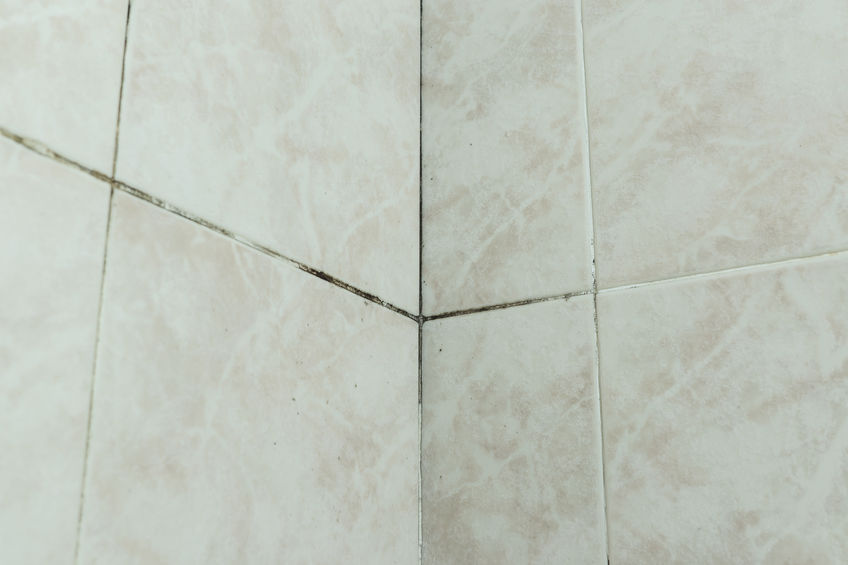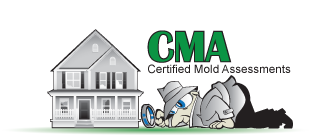 The majority of homeowners deal with the persistent and incessant problem of mold emanating from excess moisture, water and other factors that create the perfect conditions for mold spores to thrive and blossom. Regardless of whether mold is toxic or not, it can still cause major allergies and other accompanying respiratory issues. It is therefore important to seek the services of a professional mold remediation expert to ensure that the mold problem does not spiral out of control.
The majority of homeowners deal with the persistent and incessant problem of mold emanating from excess moisture, water and other factors that create the perfect conditions for mold spores to thrive and blossom. Regardless of whether mold is toxic or not, it can still cause major allergies and other accompanying respiratory issues. It is therefore important to seek the services of a professional mold remediation expert to ensure that the mold problem does not spiral out of control.
At the outset, mold remediation contractors usually fix the major underlying issues that cause the mold to grow and thrive. However, there has been a long and protracted debate regarding whether mold can actually come back after remediation. This lingering question and myth shall be properly debunked in this article.
Can Mold Really Come Back After Remediation?
The short and definitive answer is that mold can really come back. Despite the thorough and extensive repairs done to address the mold problem, it can still return. This is often attributed to some underlying moisture problem that was not sufficiently dealt with hence making it return after some time.
Why Does Mold Come Back?
Mold is simply a fungus that survives by breaking down moisture in order to create some energy to thrive and live in. It entails minute microscopic spores that are constantly present in the home and surrounding environment. These spores are inescapable regardless of how clean your house might tend to be. The problem arises once the mold spirals out of control thus ultimately releasing many spores into the air.
Mostly, there might be wet drywall, carpet or wood, which creates an ideal environment for the mold to commence to grow again. This is because this dampness and moisture is the primary cause of all mold infestations. It is therefore very clear that if any moisture issue was not fixed in the mold remediation exercise, it is guaranteed and certain that the mold will definitely return. This recurrence can be expected until the moisture problem is completely brought to a better resolve. It is therefore important for the water source to be traced and fixed. This could be a leaking pipe or window hence it is imperative that these should be addressed thus curbing or inhibiting any potential mold return to that specific location after the mold remediation process has been conducted.
An Example Scenario That Causes Mold to Return?
For instance, a window could be causing consistent leaks especially in the rainy season. This water might eventually soak into the drywall and it might not be apparent or easily noticeable. It is not until the odor becomes relatively stronger and some small marks commence to become visible that the homeowner becomes wary. This is followed by some flu like symptoms in the area with the suspected mold.
The homeowner will immediately seek the services of a mold remediation expert and he will fix or replace the drywall and any other visible traces of mold. It is obvious that the mold will still return until the main underlying problem, which is the leaking window, is completely fixed. Unless this is handled, the problem will definitely recur.
How to Prevent the Return of the Mold after Remediation
Several measures can be taken to stop mold from coming back. You should correctly identify the specific part of your home that has the moisture problem and remedy it as soon as possible. Any appliance that produces moisture should be allowed to vent outside. The AC should also be constantly checked to ensure that it is not producing any moisture. Homeowners are also advised to use building materials that are water resistant. This could be very useful in the laundry area and the bathroom where moisture poses many problems. Any wet areas should be completely dried as soon as practically possible. The moisture problem can also be tackled by ensuring that there is proper ventilation. Finally, you should ensure that your indoor humidity is maintained at thirty to sixty percent.
From the foregoing, we can infer that mold can clearly come back after the remediation process. Homeowners should therefore stand guided and know that even though mold remediation is important; fixing the main and primary underlying moisture issue is very vital and paramount in order to curtail the potential return of mold post remediation. If this is not done, the mold will definitely return regardless of the sheer efforts of the mold remediation company to remedy this problem for you.
